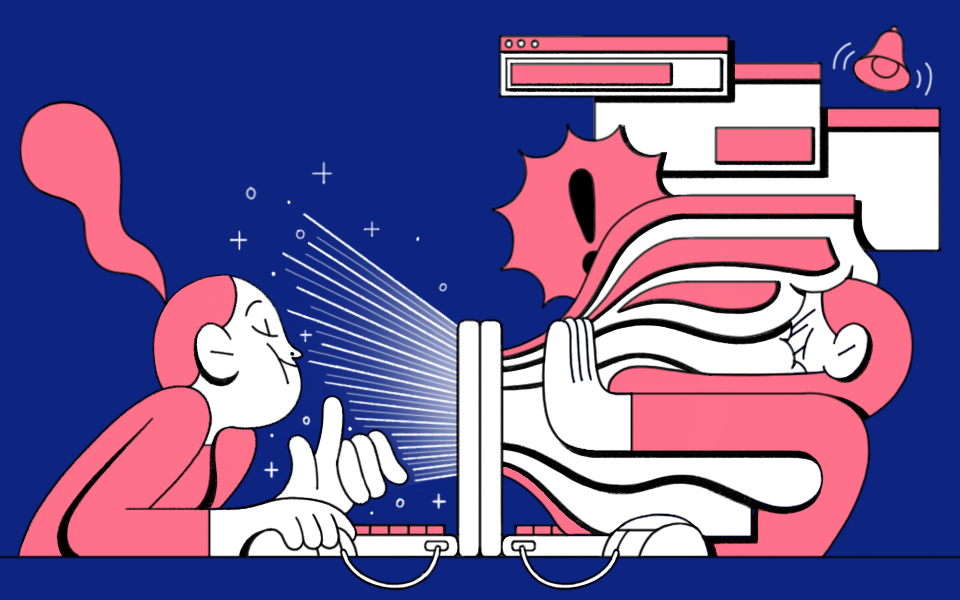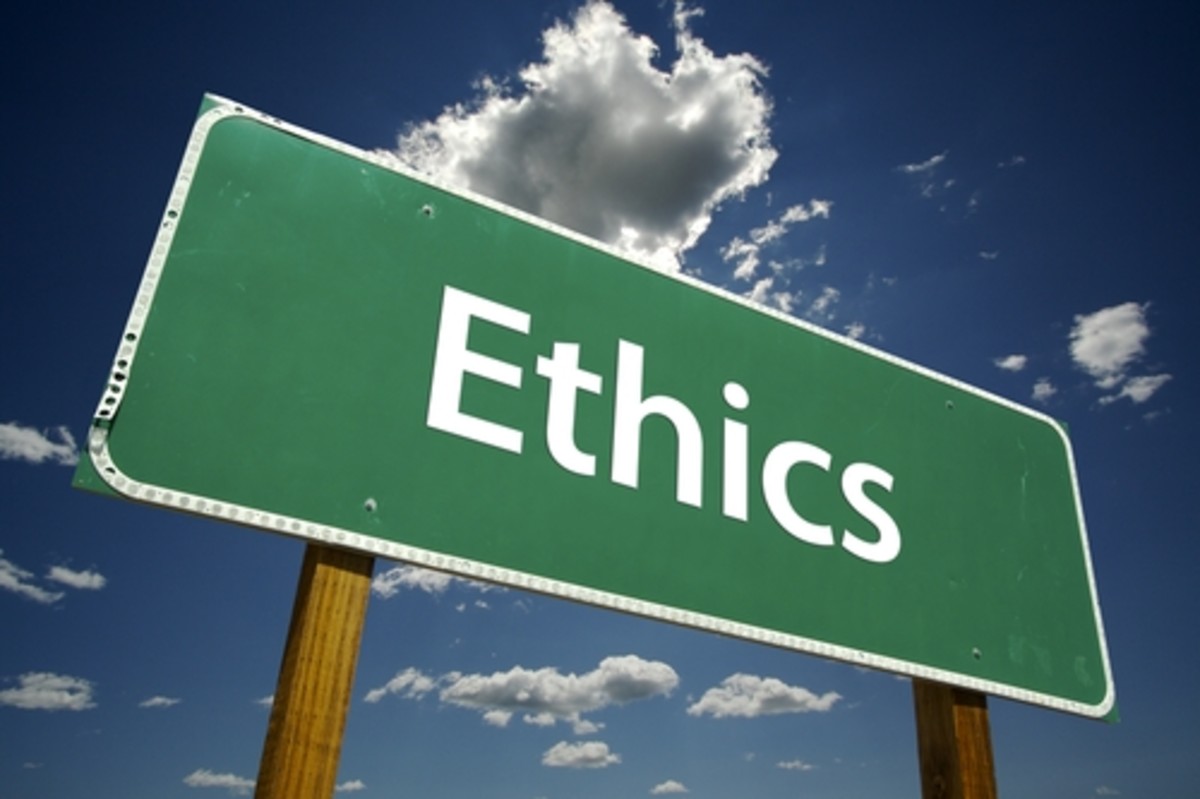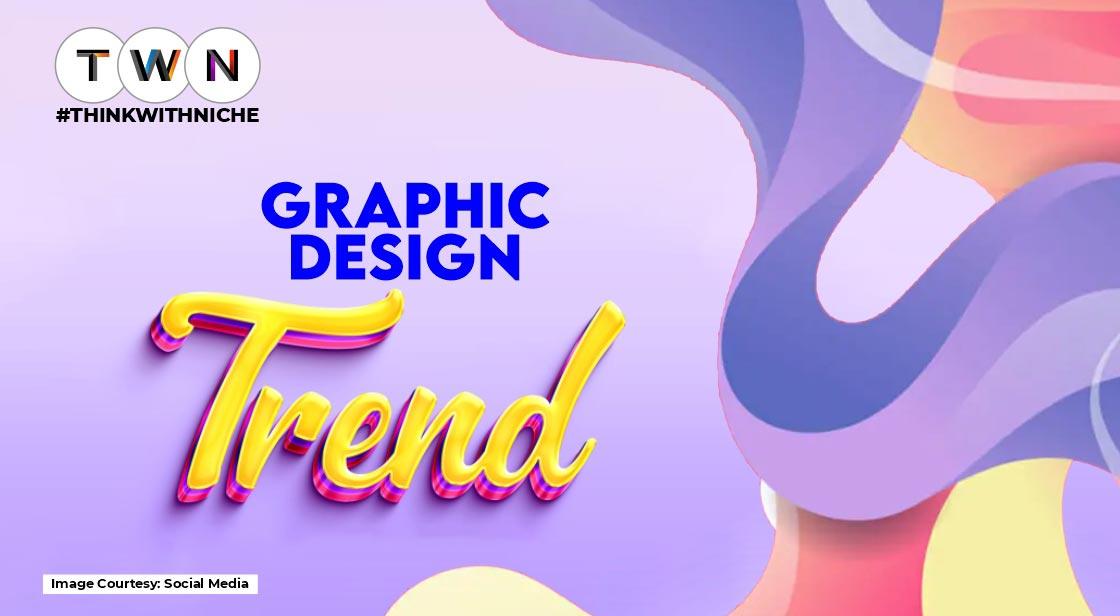Table Of Content

Products should promote human dignity, justice, and ecological sustainability. Surveillance or overcollection of user data violates expectations of privacy. No matter your skill level or job title, these standards exemplify the essence of design ethics. These types of ideals are easy to stand behind; it is the practice that can be a little trickier.
Write down the team’s take on ethics, even if that take is “we aren’t focusing on it”
Doesn’t it make sense to include users in design decisions, from users’ needs and ideas. Your design will become a part of their life, and ideally, that becomes a positive experience. Ideally, as a designer, you would want to take responsibility for your ethical efforts, but that responsibility often gets passed off to others. Culture, society and politics are shifting the status quo of what is “ethical” and what has become normalized.
Cultural Norms ≠ Ethics
Architects’ responsibility is not just about ethics. It should be about justice. - University of Birmingham
Architects’ responsibility is not just about ethics. It should be about justice..
Posted: Wed, 23 Aug 2023 07:00:00 GMT [source]
We ought to be sensitive to cultural expectations when facing ethical decisions, but morality is not governed by consensus among a group of people. Examples of product design that fail on the ethics front are all too easy to find—like news feeds promoting fake news, ride-hailing companies psychologically exploiting workers, and virtual home assistants perpetuating negative gender stereotypes. It’s not that product designers don’t care about the ethical ramifications of their work—far from it. It’s that, too often, they assume that such considerations fall outside of their job description. Use your imagination to think of unethical situations and discuss what you’ll take responsibility for as designers.
Scale knowledge management use cases with generative AI
Recent reviews of E + VID have also emphasized the importance of attending to questions about a designer’s ability to influence the moral trajectory of an artifact (Shilton, 2018b). If E + VID is to realize its aims of a more just, democratic, sustainable, or otherwise “good” society, engagement with questions of designer agency, and the normative strength of design approaches, will be essential. Design Ethics promotes a foundation of knowledge, discipline and code of conduct to create a guideline that results in best practice.
Roadmap for UIUX designers
For Sengers, this must not just occur in the design process, but must be a core outcome for technology users too. Critical technical practice suggests that the primary task of the designer is to engage in the reflexive work of critique (Agre, 1997; Boehner et al., 2005). Following the description of generative approaches to E + VID, we purposefully examined contributions to the literature that have critiqued those approaches in specific ways. The purpose of this second literature search was to identify the central themes in literature that have critiqued E + VID in ways that directly relate to the two primary foci of our review (normative strength and designer agency). Technologies mediate our relationship to the world, and in doing so raise important moral questions (Winner, 1980).
Central to the identify/apply logic of approaches to incorporating ethics and values into design processes are assumptions about the capabilities of designers. Specifically, this approach assumes that designers are capable of understanding the complex phenomenon of values, clearly delineating their relevance for a design activity, and then modifying design processes to reflect those values. Stating these assumptions in this way brings to our attention the issue of how human agency is understood in the context of design, and what implications such understandings have for the normative relevance of approaches to E + VID. This view on agency is theoretically sophisticated, and has been used to critique naïve ethical systems that rely on personal responsibility and a simplistic understanding of moral agency (Skalko & Cherry, 2016).

Contributors should model positive open-source community transparency, inclusion, and civility norms. Treat ethics as a core design requirement that is on par with functionality or performance requirements to bake it into the design from the start. Not every piece you design will be portfolio-worthy, but you should not be ashamed of the client or final product either. It will help establish your position as a credible and professional designer. Clients will know what to expect and, in turn, your relationships will be smoother. Ethics can help you determine what clients to take and will help clients decide if they want to work with you.
Normatively weak approaches did not make strict suggestions regarding which methods, values, or normative ethical theories ought to be brought to the design process, but may have offered a “menu” of values, theories, or approaches to consider depending on the design context. Design ethics refers to the moral framework and guiding principles designers use to ensure their work promotes ethical outcomes. Like medical or research ethics, design ethics provide a code of conduct around responsibly designing products, services, and systems. A third ethical dimension, product integrity, arises from the nature of the products created through the art of design. Product integrity should be distinguished from the end purpose or worth of products.
Holistic sustainability: Beyond environment to include societal impact
The most effective way of studying user involvement is holding small groups of user testing which will show you where the flaws lie, then you can revise the design and test again. The process of Human-Centered Design sometimes referred to as design thinking, is concerned with how the design will improve the user’s experience. They give us something to aspire to, an ideal to reflect on, but they aren’t something we recall in the daily design grind or something we recite with budgets at risk and deadlines looming. Religious institutions promote good morals and encourage followers to weigh the ethical implications of their actions, but not everyone practices a religion.
They foster an ongoing sense of responsibility for the impact of choices made. They help us avoid the false security of preconceived labels and arguments that aren’t founded on ethics. There are a number of ethical approaches, but each has a different standard by which to examine actions. Unfortunately, the standards of differing ethical approaches don’t always align. Further examination by a different approach may tell us that the very same action is problematic.
For example because of the increasing complexity of products, technology, and other factors, designers work in teams with fellow designers or with technical specialists from a variety of disciplines and professions. There are also new practices of participatory design in which clients and even representatives of the end users of products participate directly in the design process. Finally there is an increasing emphasis in some forms of design on user research, requiring the ethical treatment of human subjects.

No comments:
Post a Comment